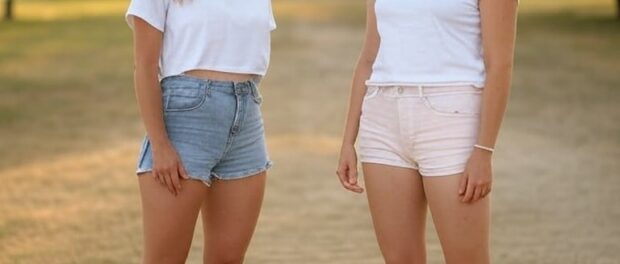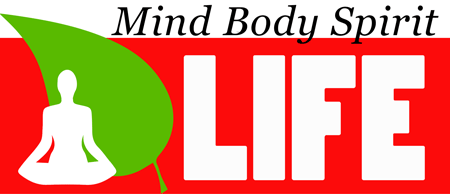5 Consequences of Wearing Shoes & 5 Benefits of Going Barefoot

For centuries, shoes have been marketed as essential for foot health, comfort, and overall well-being. The prevailing belief is that modern footwear provides necessary support, protection, and injury prevention. However, emerging research and growing barefoot advocacy suggest that shoes might be doing more harm than good. From altered biomechanics to chronic foot problems, modern footwear; particularly those with rigid soles, arch supports, and elevated heels—may be causing more foot-related ailments than they prevent.
The Evolution of Footwear: From Utility to Fashion
Historically, shoes were simple, minimal coverings designed primarily for protection against extreme environmental conditions. Early humans often walked barefoot or used thin-soled footwear that allowed for natural movement. Over time, footwear evolved, not for biomechanical health, but for fashion, social status, and industry profit. Today, most shoes are designed with aesthetic appeal in mind rather than optimal foot function.
Modern shoes, especially those with thick cushioning and rigid soles, force the feet into unnatural positions. Features such as arch support, toe spring, and elevated heels alter the natural gait cycle, leading to long-term dysfunction and misalignment in the body.
The Consequences of Wearing Shoes
- Weakening of Foot Muscles
Shoes with built-in arch support and thick cushioning prevent the small stabilizing muscles of the foot from engaging fully. Over time, this leads to muscle atrophy and dependency on artificial support, weakening the foot’s natural structure and function.
- Altered Gait and Posture
Elevated heels, even in sneakers, shift the body’s center of gravity forward. This forces compensatory adjustments in posture, leading to imbalances that can contribute to knee pain, hip problems, and lower back issues. Additionally, toe spring, commonly found in running shoes, prevents proper toe engagement, reducing foot stability.
- Restricted Toe Movement and Deformities
Many modern shoes taper at the toe, squeezing the toes into unnatural positions. This prolonged compression can lead to conditions such as bunions, hammertoes, and neuromas. The natural splay of the toes is essential for balance, propulsion, and weight distribution.
- Increased Impact Forces
Contrary to popular belief, thick cushioning does not necessarily reduce impact on joints. In fact, heavily padded shoes can encourage harder heel strikes, increasing force transmission up the kinetic chain and potentially causing joint pain and stress fractures.
- Sensory Impairment and Balance Issues
The feet contain thousands of nerve endings that provide critical sensory feedback for balance and movement coordination. Thick-soled shoes dull this feedback, leading to a disconnect between the feet and the brain. This can increase the risk of falls, especially in older adults.
The Benefits of Going Barefoot
- Stronger Foot Muscles and Better Arch Support
Walking barefoot or in minimalist footwear encourages natural foot function, strengthening intrinsic muscles and enhancing the natural arch support system.
- Improved Posture and Alignment
Barefoot walking promotes a more natural gait, reducing compensatory movement patterns that contribute to musculoskeletal pain.
- Enhanced Balance and Coordination
With direct ground contact, the nervous system receives clearer sensory input, improving reflexes, proprioception, and coordination.
- Reduced Risk of Common Foot Ailments
By allowing the toes to spread naturally and the foot to flex properly, barefoot walking helps prevent bunions, plantar fasciitis, and neuromas.
- Stronger Connection to Nature
Walking barefoot, also known as “earthing” or “grounding,” has been linked to reduced inflammation, stress relief, and overall well-being through direct electrical interaction with the Earth’s surface.
Transitioning to a Barefoot Lifestyle
If you’ve spent years wearing conventional footwear, transitioning to barefoot living requires patience. Start by walking barefoot on soft surfaces and gradually increase exposure to different terrains. Strengthen your feet with exercises such as toe spreads, arch lifts, and calf raises. Consider using barefoot-style or minimalist shoes that mimic the natural shape of the foot without artificial constraints.
The belief that modern shoes are essential for foot health is largely a myth perpetuated by the footwear industry. While shoes can serve a purpose in extreme conditions, the human foot is naturally designed to function best without artificial interference. By embracing barefoot living, individuals can experience profound benefits, from stronger feet and better posture to improved overall well-being. It’s time to question whether shoes are truly helping or if they are, in fact, one of the leading contributors to foot-related ailments in modern society.



